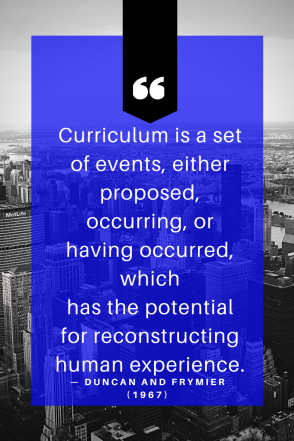
To hear more about “An Instructional Model in Online Learning” listen to Episode 6, Season 1 of The Bulldog Educator Podcast.
Before COViD 19, before many schools even considered online curriculum or content as something to understand, before we are where we are now… I came to a place as the Director of Curriculum and Instruction in my current job for the State Virtual Program, where I realized my teachers needed a clear path or guide for how instruction was supposed to work in our online world.
In the Fall of 2019, I attended a collaboration conference for our state that included curriculum coordinators and educational leaders from districts all over our state. We were given the book “The Art and Science of Teaching” by Marzano. Over two days we drank from the proverbial fire hose.
I had already had some background in curriculum writing in my previous educational learning with previous positions. I understood the need for a cycle of feedback and evaluation. I knew the importance of a balanced role between curriculum, teacher, and student. What I needed was to get my head around how that played a role for my organization, my teachers, and the students we educated.
When I was at this collaboration conference I was exposed to the idea of proficiency scales (much like a “line of progression” I had learned and adopted in my practice in a previous instructional leadership role). I also learned about the “lesson line” presented by one of our department of education experts, Dr. Kiffany Pride, Director of Curriculum and Assessment. It was at that conference we were asked to create a working idea of an instructional model that we could continue to iterate with after we left and share with our schools.
I had attended this conference alone, without my team, but I immediately started reaching out. Asking “Do we have and instructional model?”
The Course Design and Development team responded, “We use the ADDIE Model.” Which then sent me on a quick google search of the ADDIE Model. I discovered the following: “The ADDIE model is the generic process traditionally used by instructional designers and training developers. The five phases—Analysis, Design, Development, Implementation, and Evaluation—represent a dynamic, flexible guideline for building effective training and performance support tools.” (ADDIE Model. (2018, November 30). Retrieved July 31, 2020, from https://www.instructionaldesign.org/models/addie/)
While the ADDIE model is an approach for online course design, it didn’t really address the process of instruction in an online synchronous/asynchronous approach that mirrored what our organization was doing, nor what it could be doing with a vision of growth for moving forward.
I continued to dig further with my team regarding our approach for instruction beyond the ADDIE model for course design. What was established was that we had exposed our teachers over the years to “a little bit of this, and a little bit of that.” However, there was no real clear instructional model.
At that point, I went in pursuit of an instructional model for online learning. After many google searches, a “phone a friend” to other online colleagues in my same role, I came up with nothing that was extremely clear, nor based on solid evidence-based research that was proven to be beneficial for educator effectiveness or have a positive impact on student learners.
From there I determined that an instructional model appropriate for our organization, the students we serve, and our teachers needed to be created. For this imperative task, I pulled from many sources, “The New Art and Science of Teaching” by Marzano, “Focus: Elevating the Essentials to Radically Improve Student Learning” by Mike Schmoker, “Innovator’s Mindset” by George Couros, “Collective Efficacy” by Jenni Donohoo, “Learning by Doing” by DuFour, DuFour, Eaker, Many, and Mattos, “Innovate Inside the Box” by Couros and Novak, “The Transformative Power of Collaborative Inquiry” by Donahoo and Velasco, “Feedback: the Hinge that Joins Teaching and Learning” by Jane E. Pollock, “Learning Targets” by Moss and Brookhart. In addition to these was the life long growth, knowledge, understanding, experiences, and professional learning I have accumulated over the years and added to my educator/learner toolbox. And, of course, the input and collaboration with my Curriculum and Instructional team and some of my key teacher leaders.
The result… our organization’s own Instructional Model. (click to go to the interactive Instructional Model)
This model pulls from the ADDIE model and puts a microscope on the implementation and evaluation part of the Course Design model. Surrounding the delivery of the instruction is the content and context. While in our organization the content is somewhat fixed (already designed for instructors to deliver). The context takes into account the individual learner, this is especially important in a year like this one where context takes into account trauma, environment, community, culture, events, and experiences that impact a learner and their ability to connect with curriculum, other learners, and the teacher.
Within the circle of content and context is the learning triangle. It is a balance of learning that occurs between the student, the teacher, and the curriculum and relies on a continuous cycle of feedback and instruction. Traditionally, it is thought that there is the curriculum, delivered by the teacher to the student. However, in an online environment where students have access to asynchronous content, it requires an expanded or evolved approach. Instead of learning being delivered by the teacher from the curriculum in a linear, one-direction approach it is in constant motion between the curriculum, teacher, and student. There are a series of influences at play in this learning triangle including backward design, unpacking the standards, collective efficacy through PLCs, student-friendly learning targets, and standards-based planning and assessment. This triangle also focuses on the Science of Reading, our states focus on skills for student success (G.U.I.D.E. for Life), proficiency scales, and goal setting. This specificity in the model serves as a guide for our instructors as they consider the best approach for the delivery of instruction with students.
Additionally, to further support effective instruction of online learning in our organization the lesson line is addressed. With the lesson line, teachers take the relationships built, along with multiple modalities of formative data they collect on each individual learner to determine what students need. While content may be fixed, instructional delivery of the content is not and that is where the lesson line comes into action. Based on the needs of each learner the teacher determines where a student’s needs are in regard to learning support on the lesson line. A teacher determines when direct instruction is needed on one side of the lesson line to the other end where the teacher is the facilitator of learning and the student is the main driver.
To overlay this entire process is the interaction that happens with the course and the feedback that goes back to the I and E of the ADDIE model, as well as the alignment pieces that are evaluated through the Quality Matters K-12 Rubric to ensure that there is a guaranteed viable curriculum.
This model was originally created to provide a clear guide for the teachers in our organization. Teacher clarity and teacher efficacy are some of the highest correlations with effect size regarding student achievement according to John Hattie, a basis for this design. Additionally, as Brene’ Brown states “Clear is kind. Unclear is unkind.” It was my desire to be as clear and kind to my teachers as they do the most important work… educating and empowering students.
Now that many of our schools and teachers are walking into a variety of online learning approaches, I believe that this can be beneficial to those beyond our organization. I hope that in some way this provides a guide for other educators and administrators who find themselves thrust into the world of online learning.
Your organization/school may have other factors unique to your situation, but instead of having to re-invent the wheel, feel free to take this model and modify it to meet the instructional delivery needs of your students, teachers, and curriculum.
Your comments, feedback, and/or ideas are encouraged.
Sources used to create the Instructional Model:
Carr, Scott. “Putting the Pieces Together- Aligning Instruction, Assessments, and Student Support.” Solution Tree- PLC at Work. PLCs at Work: Series 3, 18 Nov. 2019, Plummerville, Arch Ford ESC.
DuFour, Richard, et al. Learning by Doing: a Handbook for Professional Learning Communities at Work. Third ed., Solution Tree Press, 2016.
MARZANO, ROBERT J. NEW ART AND SCIENCE OF TEACHING. SOLUTION TREE, 2017.
Pride, Kiffany. “Teaching and Learning Fall Collaborative.” Teaching and Learning Fall Collaborative: Instructional Models and the Lesson Line. Fall 2019.
Schmoker, Michael J. Focus: Elevating the Essentials to Radically Improve Student Learning. Second ed., ASCD, 2018.

 As an administrator and educator, one word that has been stated over and over by me as changes have continually met us during this pandemic is “PIVOT.” As I watched the episode of “Friends” in early July, it hit me, that while they were trying to move the couch and were yelling “PIVOT” there was no space to do the needed pivoting. As we move through the start of school, as an administrator, I need to remember to give my teachers the space to PIVOT. I also need to give myself the space as well. In turn we give students that same space. I also hope that parents will give us the grace and space to “PIVOT” as well. No one has been in this place, and if we are going to move the “couch” of learning, we are going to need the space t “PIVOT!”
As an administrator and educator, one word that has been stated over and over by me as changes have continually met us during this pandemic is “PIVOT.” As I watched the episode of “Friends” in early July, it hit me, that while they were trying to move the couch and were yelling “PIVOT” there was no space to do the needed pivoting. As we move through the start of school, as an administrator, I need to remember to give my teachers the space to PIVOT. I also need to give myself the space as well. In turn we give students that same space. I also hope that parents will give us the grace and space to “PIVOT” as well. No one has been in this place, and if we are going to move the “couch” of learning, we are going to need the space t “PIVOT!”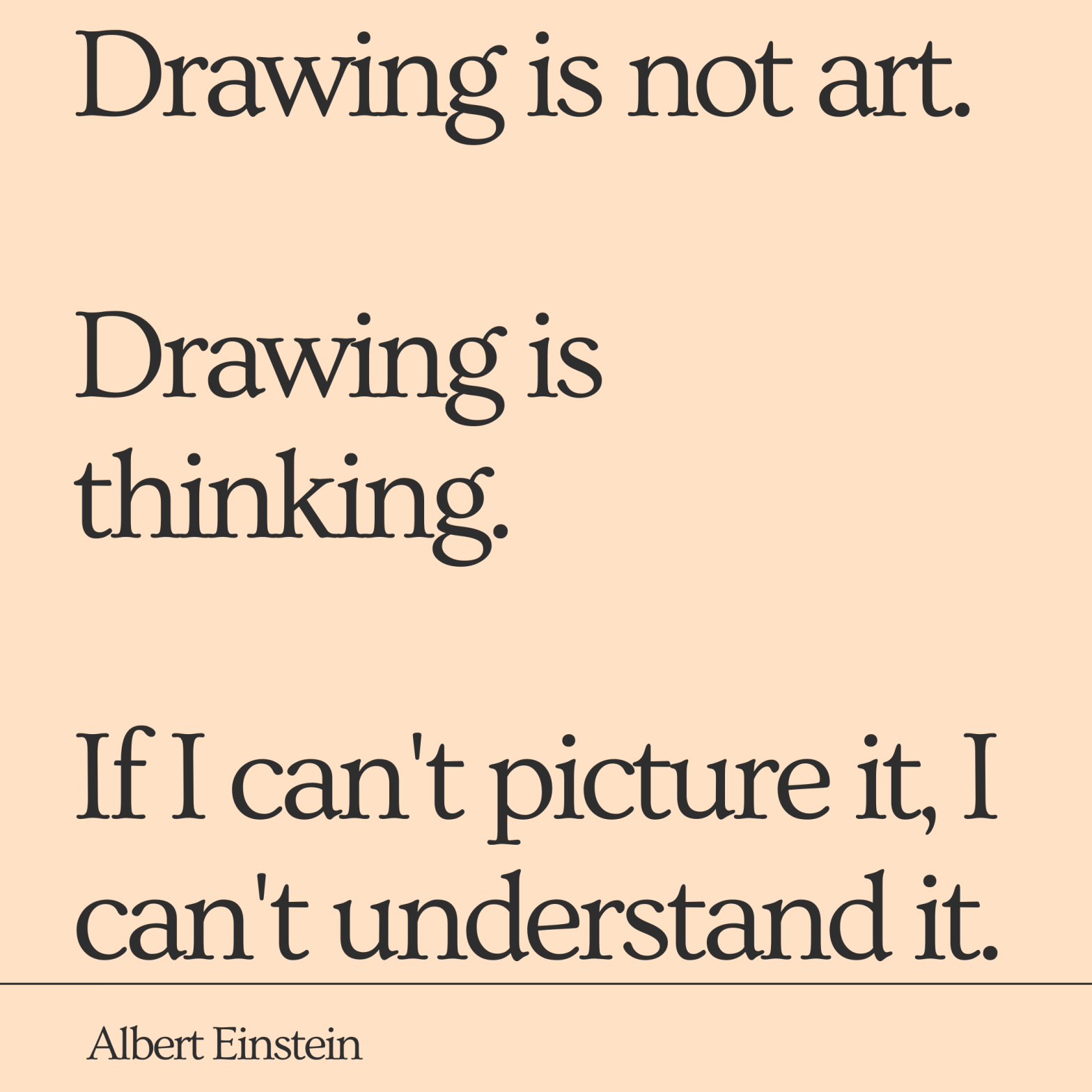
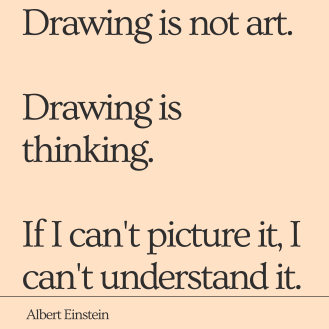 That planted a seed. I also started following Manuel Herrera on Twitter and did some surfing through Twitter via the #sketchnoting but it sat in my thoughts and reflections for months.
That planted a seed. I also started following Manuel Herrera on Twitter and did some surfing through Twitter via the #sketchnoting but it sat in my thoughts and reflections for months.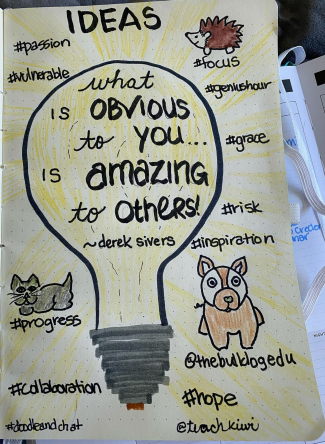
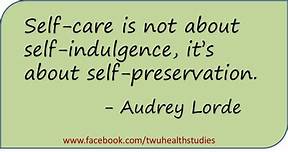


 growing, learning, and innovating… there must be deep connection… impactful influence.
growing, learning, and innovating… there must be deep connection… impactful influence.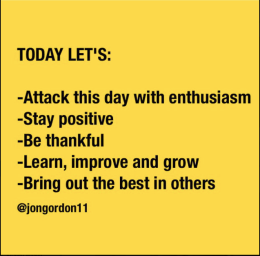 10. Positive Psychology was missing from my world for a while and then entered “The Energy Bus” by Jon Gordon. Since first reading that, I have either read or listened via audiobook to all of his books. They are easy to digest with a “story with a moral” format that is not too on the nose and helps you to reframe negative thoughts and actions. Some of his books can be read in one sitting and others take a few days or weeks, but all are worth it for moving to a positive frame of mind.
10. Positive Psychology was missing from my world for a while and then entered “The Energy Bus” by Jon Gordon. Since first reading that, I have either read or listened via audiobook to all of his books. They are easy to digest with a “story with a moral” format that is not too on the nose and helps you to reframe negative thoughts and actions. Some of his books can be read in one sitting and others take a few days or weeks, but all are worth it for moving to a positive frame of mind.

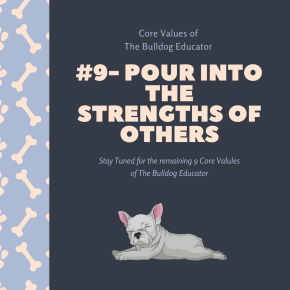
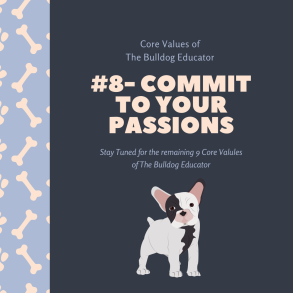
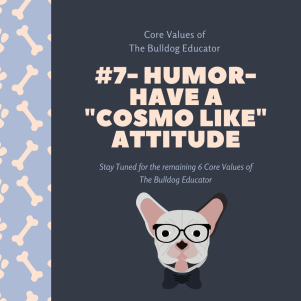
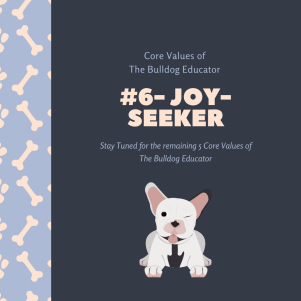
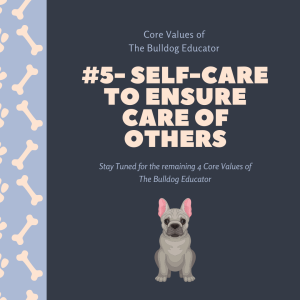
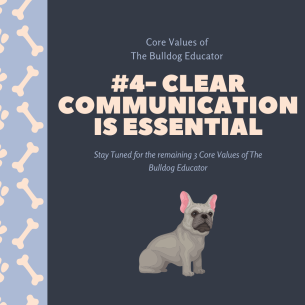
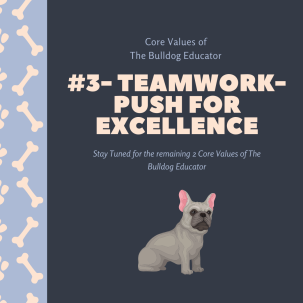
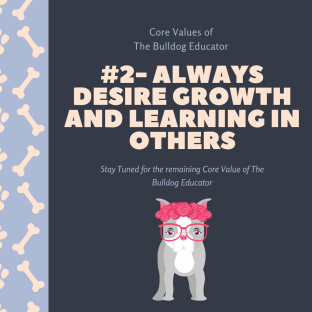
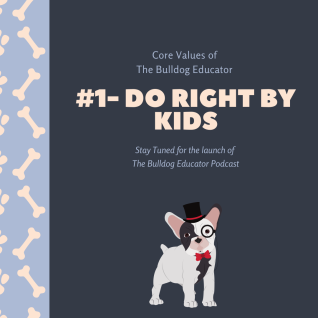
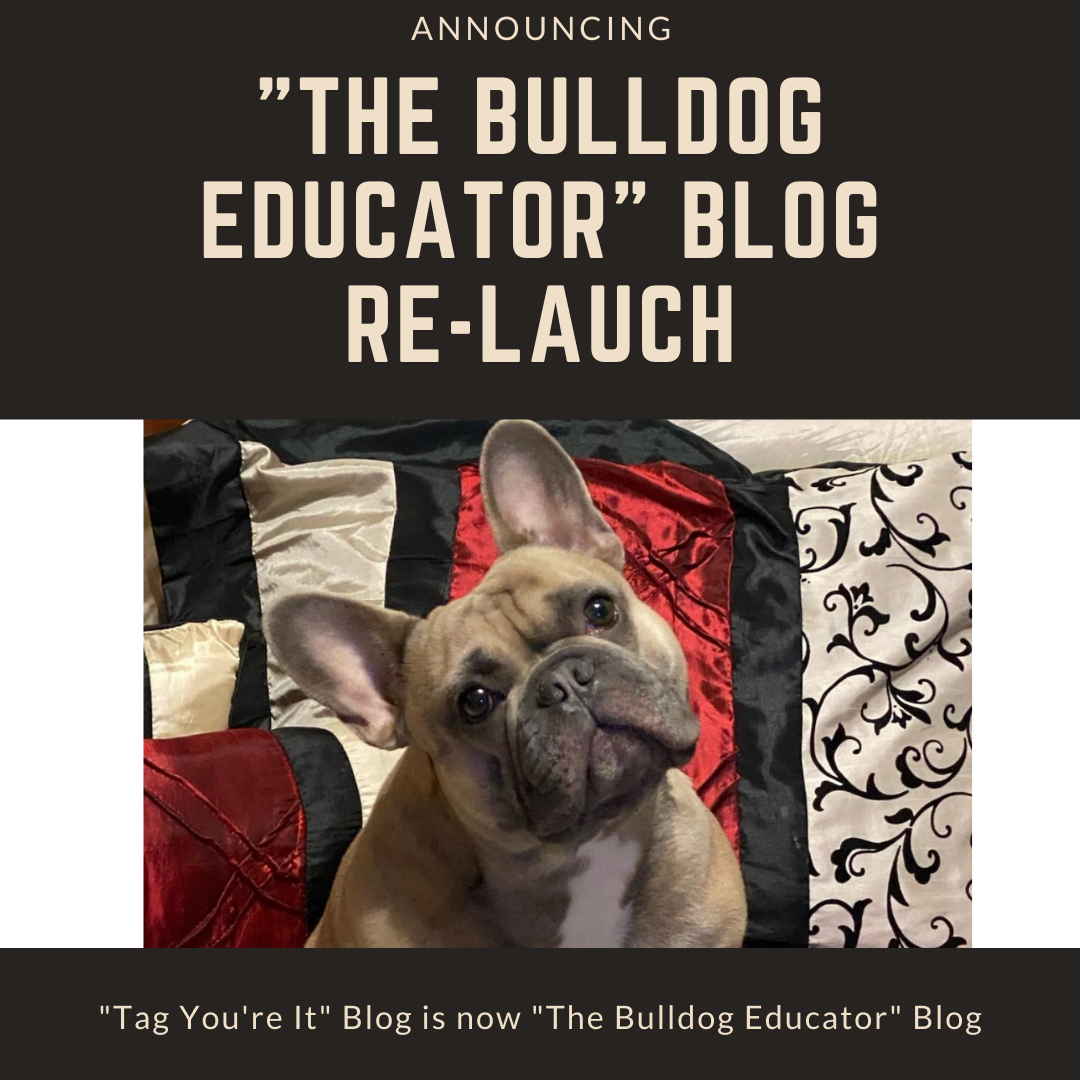
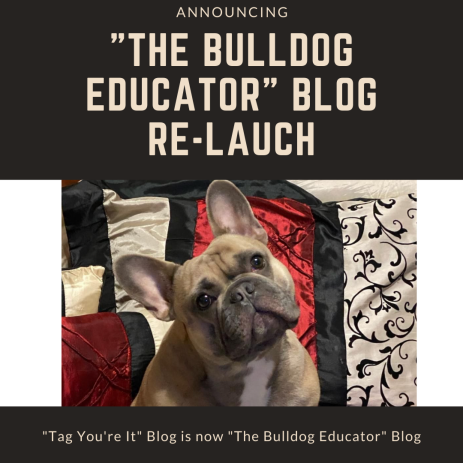
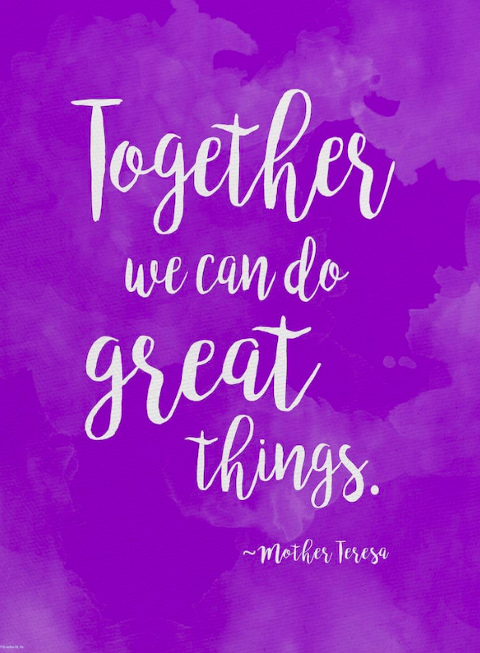
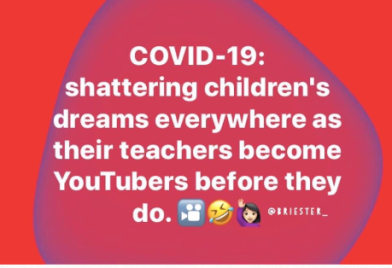
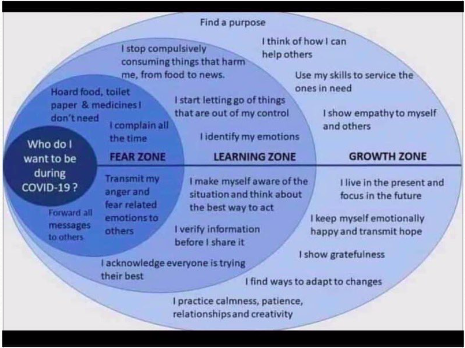
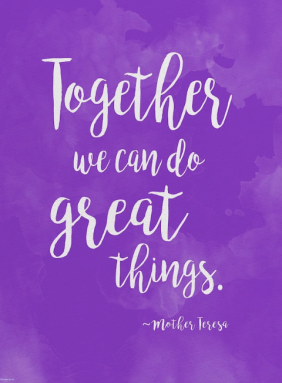
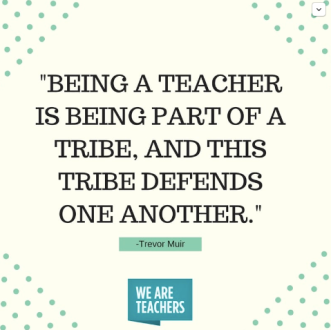
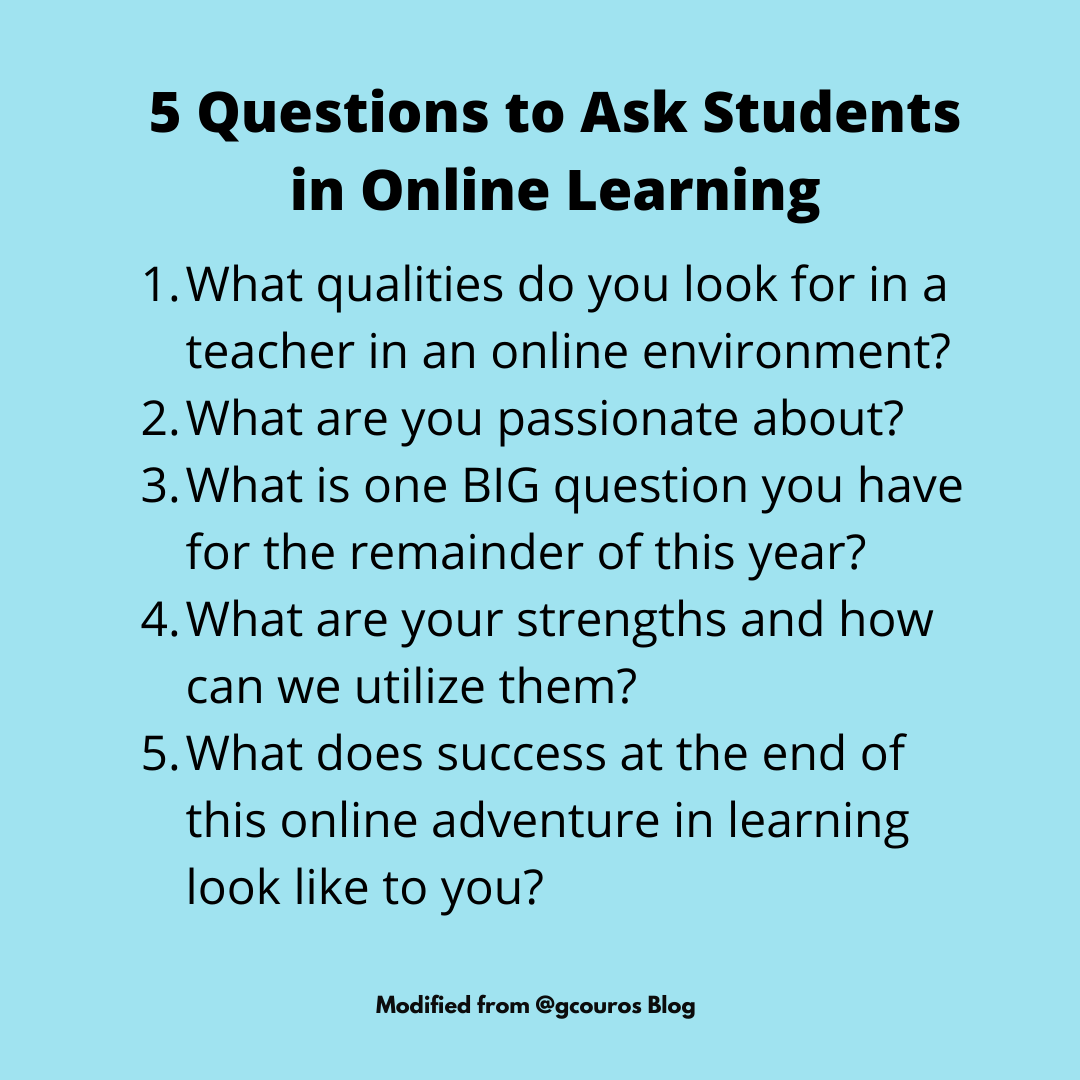

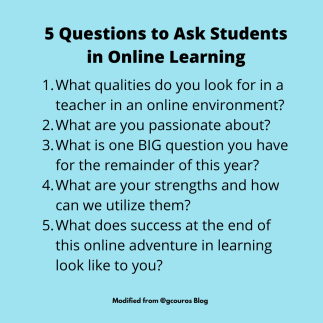
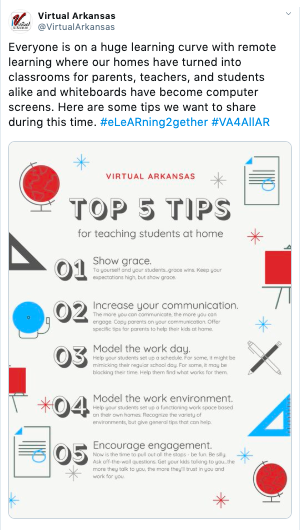 I do not want to put too much more in this post. However, a very good infographic regarding things to keep in mind as both you and your students are learning from an environment that is not the classroom you all are accustomed to was shared with our own organization’s teachers and shortly after shared out on social media.
I do not want to put too much more in this post. However, a very good infographic regarding things to keep in mind as both you and your students are learning from an environment that is not the classroom you all are accustomed to was shared with our own organization’s teachers and shortly after shared out on social media.